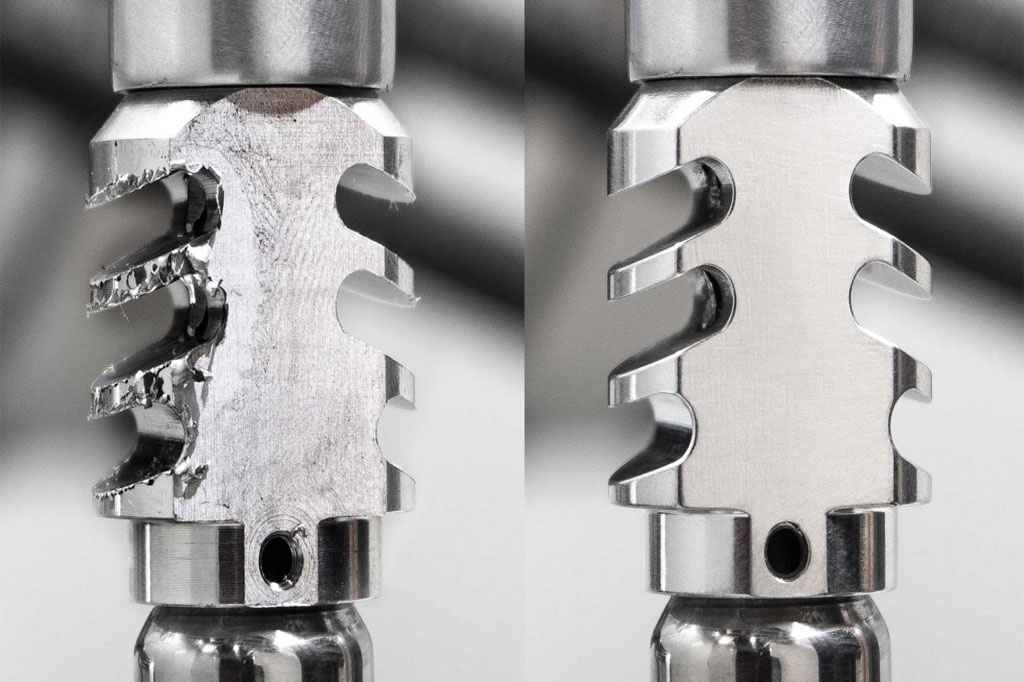In CNC machining, precision and functionality are at the forefront of part production. However, one important aspect that frequently goes overlooked, yet is essential to the quality of the final product, is the surface finish.
Surface finishes refer to the processes applied to the surface of CNC-machined parts to enhance their appearance, protect against corrosion, reduce friction, or meet aesthetic or functional requirements.
In industries like aerospace, automotive, medical, and industrial equipment, the quality of the surface finish can determine the success of a product.
This guide will explore why surface finishing is important for CNC machined parts, outline the various types of surface finishes available, and discuss their applications, benefits, and drawbacks.
Why Surface Finishing is Important
Surface finishing is a crucial post-machining process that affects not only the appearance of a part but also its performance and longevity. Here are the 6 reasons why surface finishing is essential for CNC machined parts:
- Improved Durability: Many CNC machined parts are exposed to harsh environments, where wear, corrosion, and oxidation can lead to premature failure. Surface finishes like anodizing, plating, or painting create a protective layer, significantly extending the part’s lifespan.
- Aesthetic Enhancement: In applications where visual appeal matters (such as consumer electronics or automotive components), surface finishing can improve the look of the part by adding gloss, texture, or color.
- Reduced Friction and Wear: Finishes like polishing, coating, or hardening can reduce surface roughness and create smoother surfaces, reducing friction and wear in parts that experience frequent motion or contact.
- Electrical Conductivity or Insulation: Certain finishes, such as electroplating, can enhance the electrical conductivity of metal parts, making them suitable for electronic applications. Others can provide insulation, depending on the material and the requirements.
- Tighter Tolerances: Some finishing processes can correct minor dimensional errors that occur during CNC machining, helping to achieve tighter tolerances and ensuring that parts meet exact specifications.
- Compliance with Industry Standards: In industries like aerospace and medical equipment, surface finishes must meet strict quality standards for safety, durability, and reliability. Proper surface finishing ensures compliance with these rigorous standards.
Common Types of Surface Finishes for CNC Machined Parts
There are a wide variety of surface finishes available for CNC-machined parts, each serving different purposes.
Below is an extensive list of surface finishes commonly used in CNC machining, along with a description of each, their applications, and their pros and cons.
Anodizing
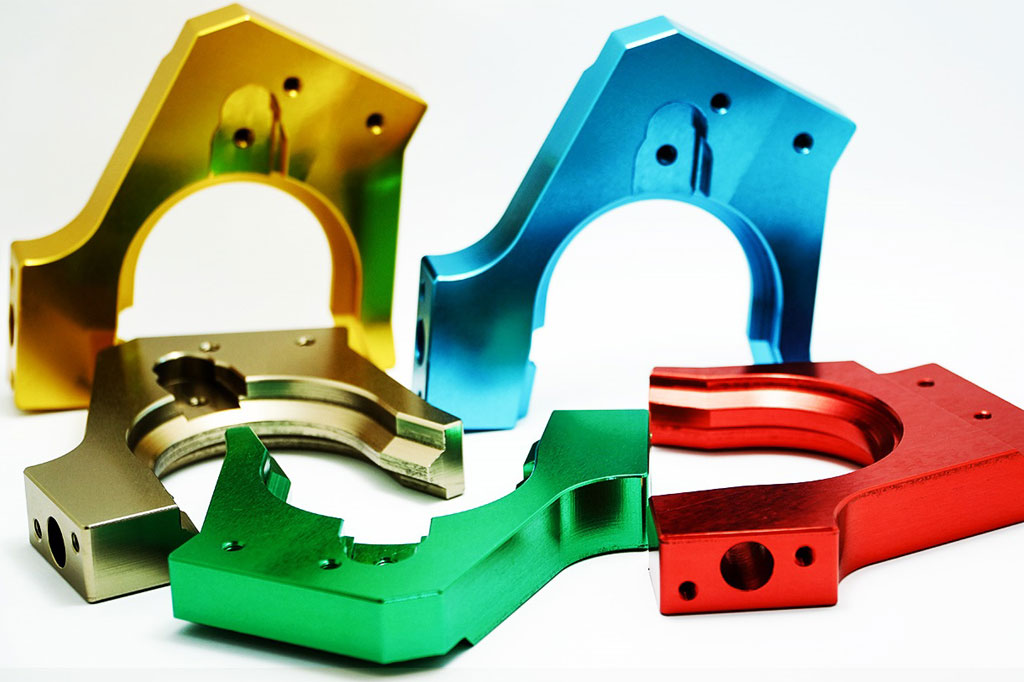
Anodizing is an electrochemical technique that transforms the surface of a metal, primarily aluminum, into a robust, corrosion-resistant oxide layer. This process entails immersing the component in an acid electrolyte solution while applying an electrical current.
It is extensively utilized across various industries, including aerospace, automotive, electronics, and consumer products. It is especially beneficial for components subjected to environmental exposure, such as outdoor equipment and automotive body parts.
Pros | Cons |
|
|
Electroplating (Nickel, Chrome, Zinc, etc.)
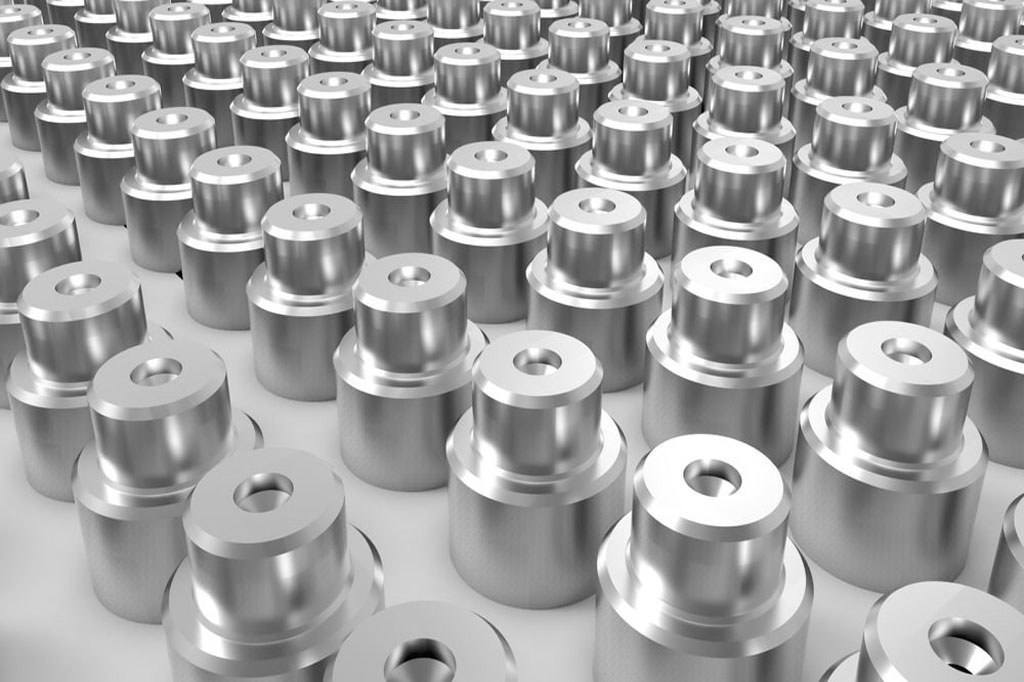
Electroplating is a process that deposits a thin layer of metal, such as nickel, chrome, or zinc, onto a part’s surface using an electrochemical method. This technique enhances both the protective qualities and aesthetic appeal of the component.
It is commonly used in automotive components, electronic connectors, and decorative hardware. Chrome plating, in particular, is highly regarded for its brilliant, glossy finish and exceptional resistance to corrosion.
Pros | Cons |
|
|
Powder Coating
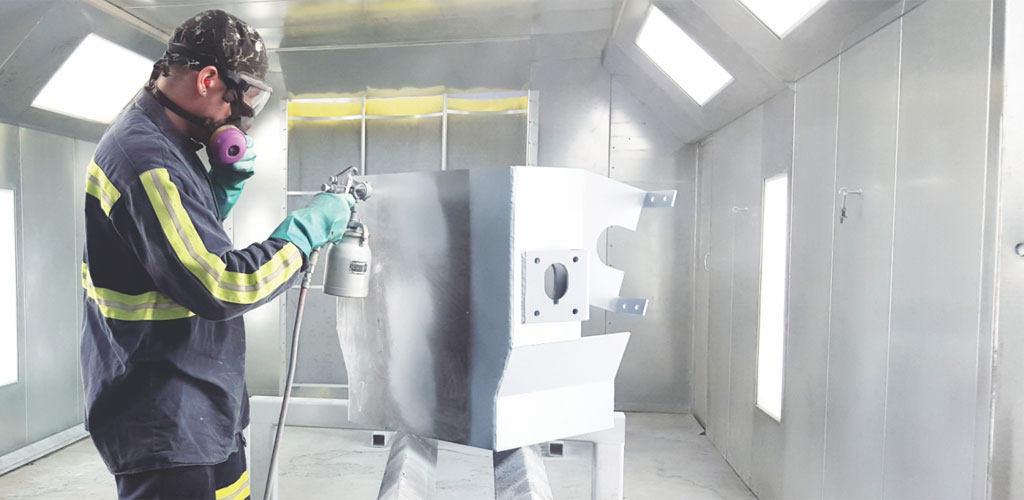
Powder coating is a dry finishing technique that applies a fine powder (usually polyester or epoxy) to a part’s surface using an electrostatic charge. This powder is subsequently cured with heat, resulting in a resilient and protective layer.
It is widely used in the automotive, appliance, and furniture industries for parts such as frames, casings, and decorative elements.
Pros | Cons |
|
|
Polishing
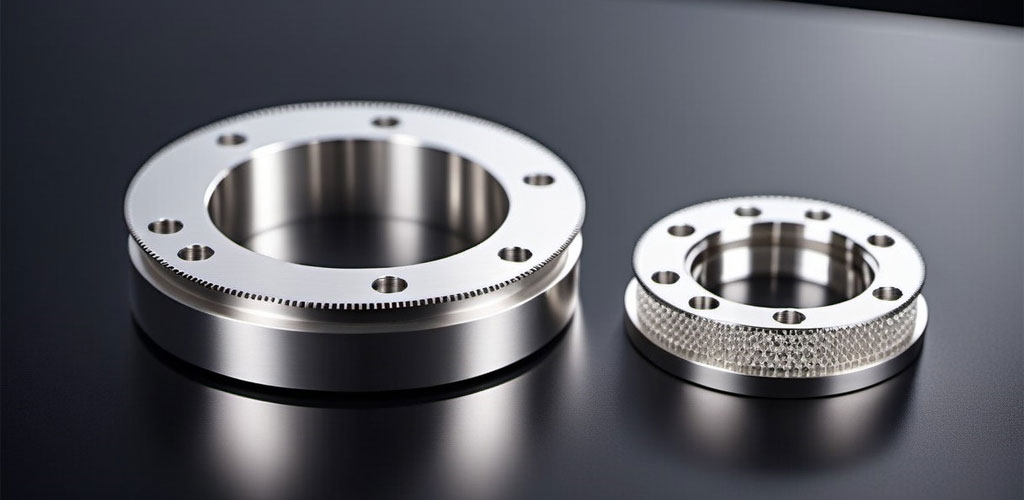
Polishing is a mechanical process where the surface of a part is rubbed using abrasives to achieve a smooth and shiny finish. It can be done manually or with machines like polishing wheels or buffing tools.
It is frequently used in the medical, automotive, and aerospace industries for components like surgical instruments, engine parts, and decorative trims.
Pros | Cons |
|
|
Bead Blasting
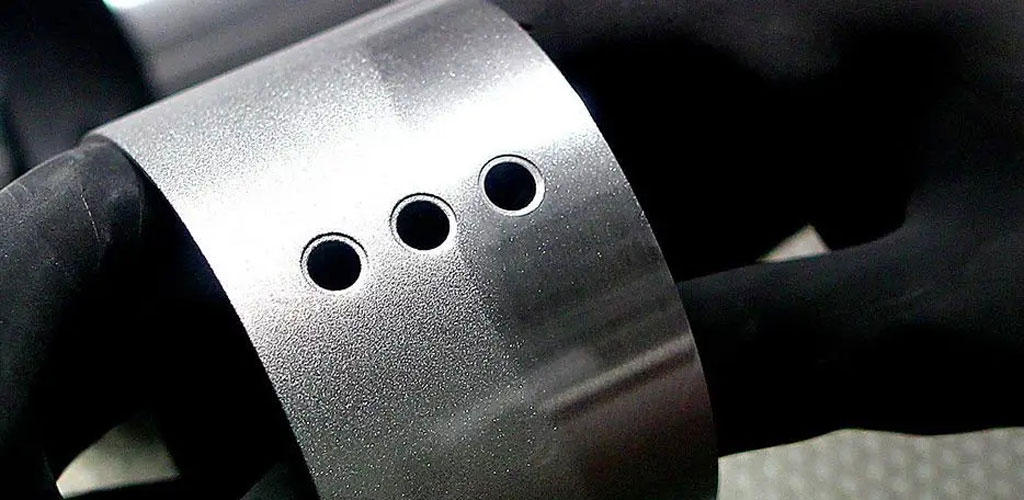
Sandblasting (or bead blasting) uses a stream of abrasive particles (such as sand or glass beads) propelled at high speeds to clean or texture the surface of a part.
This finish is used in industrial applications for cleaning or texturing surfaces. It’s popular for removing paint, rust, or scale from metal parts before further processing.
Pros | Cons |
|
|
Brushing
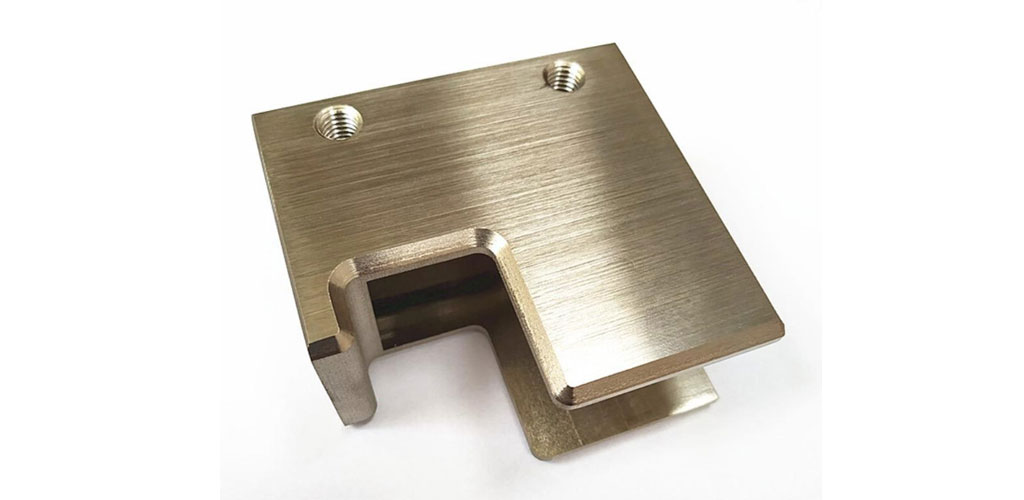
Brushing is a finishing technique where the surface of a metal part is abraded using a fine brush to create a uniform, directional texture. It is a popular method for achieving a matte, grainy appearance.
It is commonly applied to stainless steel, aluminum, and brass parts used in consumer products, architectural hardware, and industrial machinery.
Pros | Cons |
|
|
Black Oxide
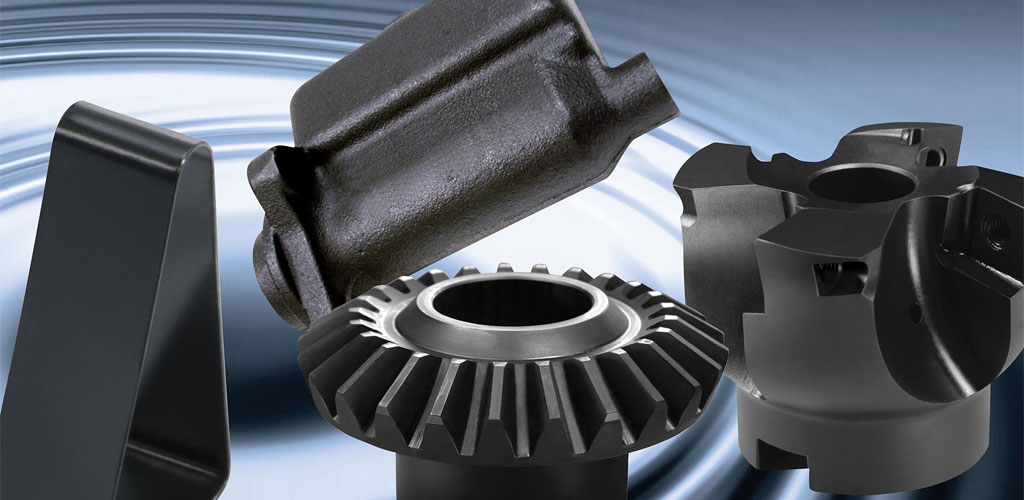
Black oxide is a chemical treatment applied to ferrous metals that produces a thin, dark black coating. This finish provides moderate corrosion protection and enhances the appearance of the part.
It is commonly used in firearms, automotive components, and tools. It’s also popular in industrial applications where aesthetic appeal is a secondary concern.
Pros | Cons |
|
|
Passivation
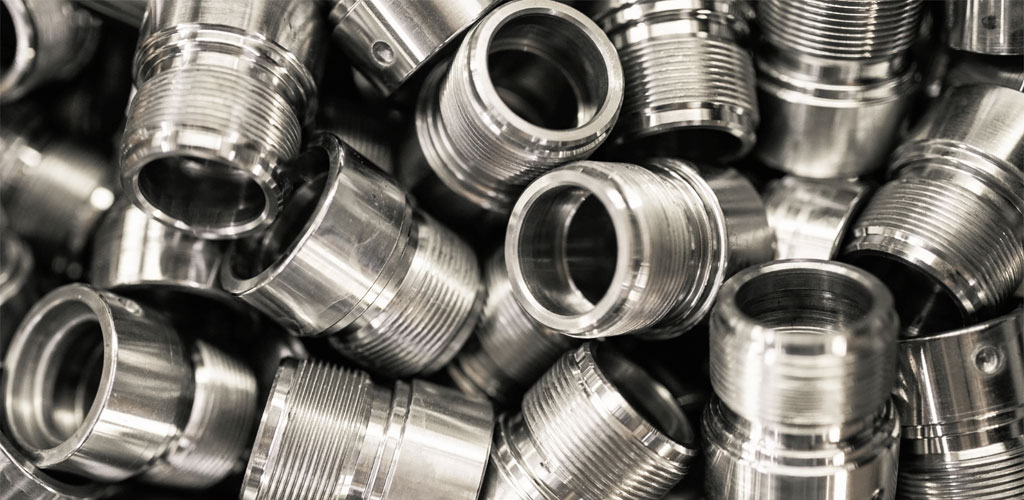
Passivation is a chemical treatment used on stainless steel and other alloys to remove surface contaminants and enhance the material’s corrosion resistance.
It is commonly used in the medical device, aerospace, and food processing industries, where high corrosion resistance is critical.
Pros | Cons |
|
|
Conclusion
Surface finishes play a vital role in enhancing the performance, durability, and aesthetic appeal of CNC machined parts. Choosing the right finish is essential to meet industry standards and customer requirements. Whether for protection, appearance, or functional improvements, a well-chosen surface finish can significantly extend the life of a part and ensure its success in demanding environments.

